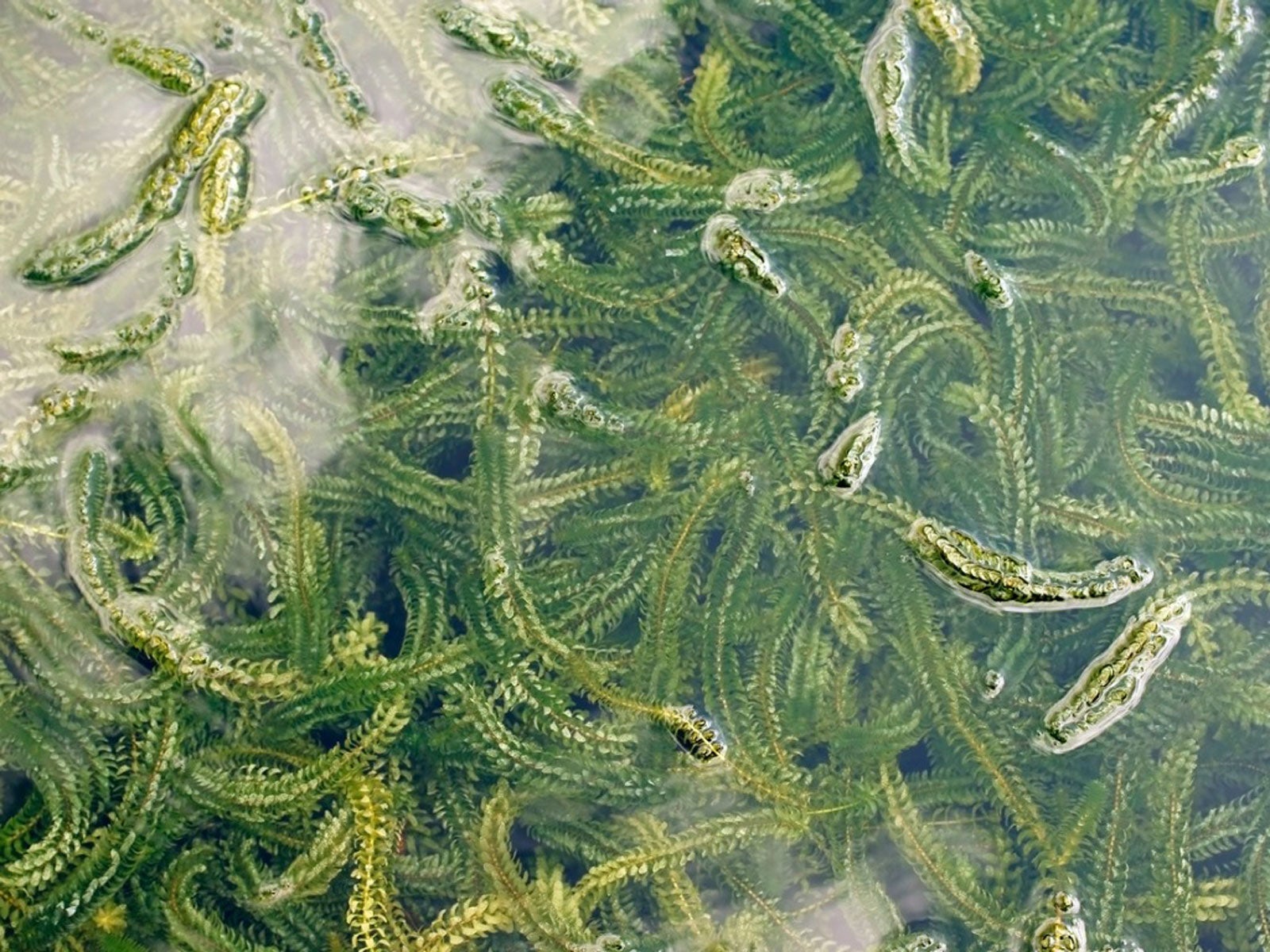Elodea Pondweed Info – How To Manage Elodea Plants


You may know elodea waterweed (Elodea canadensis) as Canadian pondweed. It is a popular submerged aquatic plant for water gardens and cool water aquariums, helping to control algae and keep the water clear. However, elodea waterweed is an invasive species when it escapes into the wild. That’s why anyone using this plant needs to learn about controlling elodea and problems that can arise. Read on for more info about this pondweed plus tips on how to manage elodea.
Elodea Waterweed
There’s no doubt that elodea pondweed is a useful plant for those with cool water aquariums and water elements in the garden. The plant absorbs nutrients and, by doing so, it limits algae growth.
Elodea waterweed’s roots are branching and tangled stems, growing over three feet (1 m.) long in cultivation and three times that long in the wild. The roots are packed with drooping green leaves in swirls of three, and the tiny flowers appear in summer and early fall.
Propagation of Elodea Pondweed
Elodea pondweed plants are either male or female and both are required for pollination. Male plants are rare, though, so these plants usually propagate asexually by stems breaking off and rooting.
Once this waterweed finds its way into wild areas, it can and does become invasive. Its beds overwinter in deep waters and its brittle branches are easily detached by any disturbance. New roots develop rapidly from these fragments which form new stands.
Controlling Elodea
Controlling elodea becomes important once you realize the type of damage it does in the wild. The weed forms dense mats in waterways that interfere with any water activity, both recreational and commercial. The dense mats also edge out native plant species, decreasing biodiversity.
Unfortunately, it is harder to start controlling than it is to grow. In fact, controlling elodea is very complicated since most eradication methods involve the loss of plant fragments that allow further spread. That means any attempt to physically remove the plant can result in vigorous regrowth.
Sign up for the Gardening Know How newsletter today and receive a free copy of our e-book "How to Grow Delicious Tomatoes".
How to manage elodea? Different countries try different methods including drying out of bodies of water, using special barges that cut and remove the weed from the water, and chemical or biological controls.

Teo Spengler is a master gardener and a docent at the San Francisco Botanical Garden, where she hosts public tours. She has studied horticulture and written about nature, trees, plants, and gardening for more than two decades, following a career as an attorney and legal writer. Her extended family includes some 30 houseplants and hundreds of outdoor plants, including 250 trees, which are her main passion. Spengler currently splits her life between San Francisco and the French Basque Country, though she was raised in Alaska, giving her experience of gardening in a range of climates.